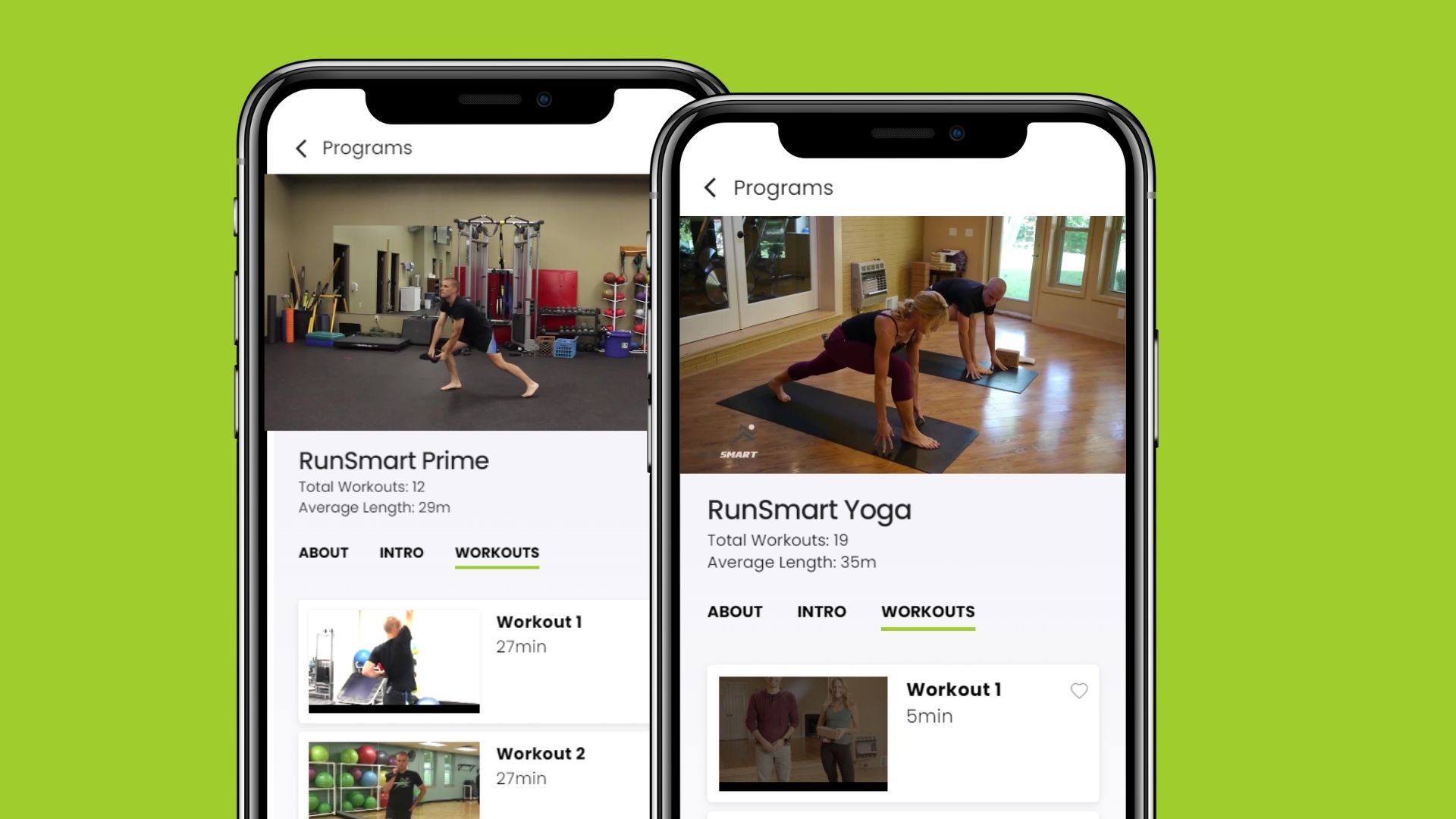Strength training is a crucial component of any runner’s regimen, not just for improving performance but also for preventing injuries. However, many runners struggle with timing: when is the best time to incorporate strength training into their routine?
This blog explores practical guidelines to help you schedule your strength workouts effectively to complement your running sessions.
Why Timing Your Strength Training Matters:
Timing is everything when it comes to integrating strength training with running. Proper timing ensures the body has adequate time to recover, thus maximizing performance and reducing the risk of injury. Workouts can become counterproductive without sufficient recovery, leaving you fatigued and more prone to injuries.
Ideal Timing Strategies for Runners:
- Post-Run Strength Training: Implementing strength training after easy or recovery runs is beneficial as it avoids the fatigue that might compromise key muscle groups during more intense running sessions. This approach ensures that both running and strength training can be performed effectively without one undermining the other.
- Spacing Out Intense Workouts: To prevent overloading your muscles, separating intense strength training sessions from long runs or hard running workouts is crucial by at least 72 hours. This spacing allows muscles to recover and rebuild, making you stronger and less susceptible to injuries.
- Listening to Your Body: The most important aspect of training is understanding and listening to your body’s signals. Flexibility in your training plan, based on personal feedback and recovery status, is essential. Adjusting the intensity and timing of workouts according to how you feel can prevent overtraining and promote long-term fitness and health.
Integrating strength training into your running routine doesn’t have to be complicated. By following these timing strategies, you can enhance your overall performance, accelerate recovery, and minimize the risk of injury. Individual needs can vary, so it’s important to adapt these guidelines to fit your specific circumstances and fitness level.




